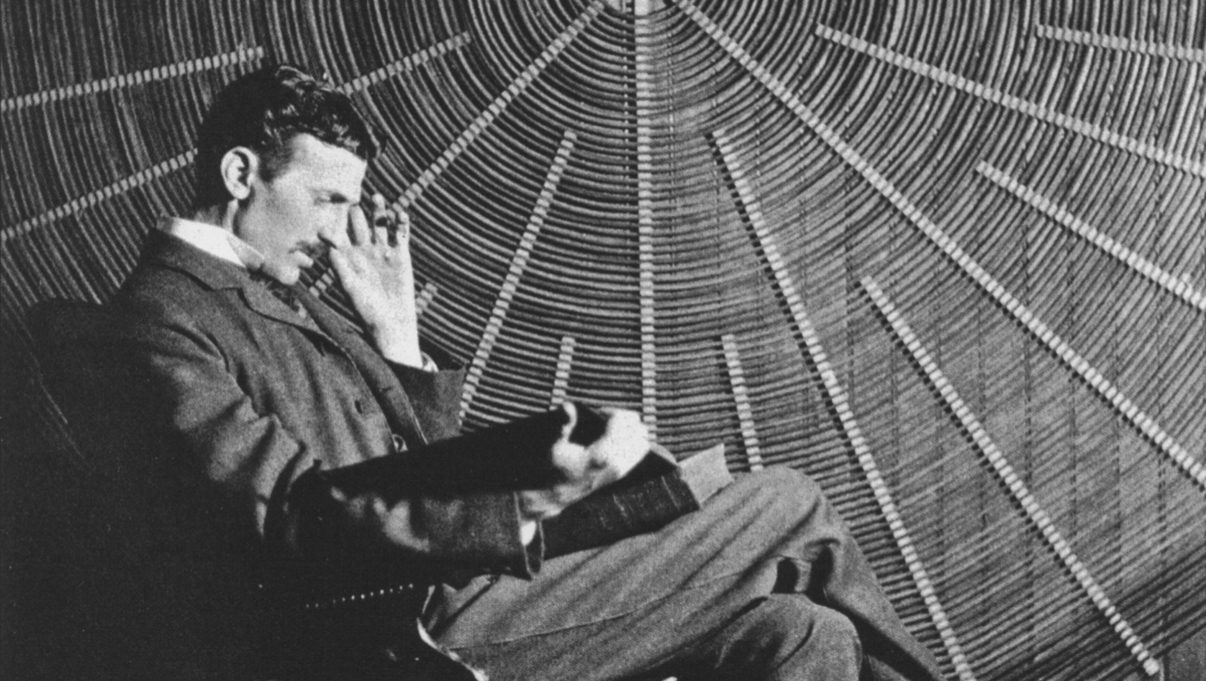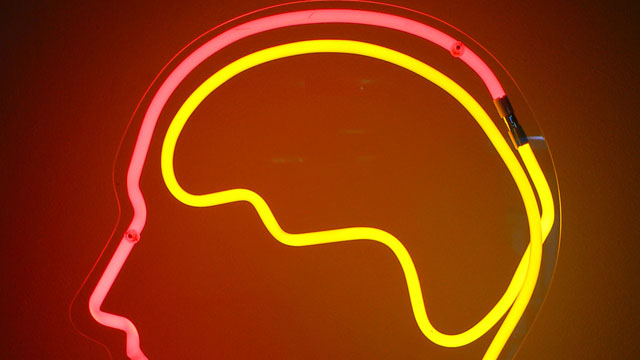Is Autism a Male Disorder?

One of the most persistent mysteries surrounding autism is the disproportionate rate at which it affects males. For every female sufferer, there are four male sufferers. Moreover, according to Dr. Gerald Fischbach, Scientific Director of the Simons Foundation, “at the high end of the spectrum, towards the Asperger’s side,” the male-female ratio is more like 10 to 1.
The disparity has led Dr. Simon Baron-Cohen of Cambridge to argue that autism is the product of an “extreme male brain”—that the disorder consists of certain preponderantly male (indeed, testosterone-linked) mental features heightened to an abnormal level. These features would include better-on-average mathematical and spatial reasoning skills coupled with weaker-on-average language, social judgment, and empathic abilities. As part of our Breakthroughs: Autism series, Big Think asked our panel of experts to weigh in.
“There is no question [that] there are differences between male and female brains,” says Dr. Fischbach. “They are called sexual dimorphisms, and you can point to different anatomical structures” that underpin them. No one has yet proven a conclusive link, however, between such differences and varying autism rates. Nor have scientists disproven other potential explanations for the gap, from sex-linked genes to differences in the social environments young boys and girls encounter.
Strangely, the male-female ratio evens out significantly among sufferers of severe autism. Notes Dr. Fischbach: “[at] the low end of the IQ spectrum it’s closer to 2 to 1 or 1 to 1, so there are really differences depending on what level of the severity of the disorder.” Dr. Christopher Walsh takes this as possible evidence that high-functioning and low-functioning autism “may be very different conditions,” with girls’ brains somehow better equipped to compensate for the higher-functioning, perhaps less genetically overdetermined variety.
At least one proposed explanation for the gap—differences in diagnosis rates—can likely be discarded. Says Dr. Susan Bookheimer, “I think that most of us wouldn’t believe that the main reason for the gender difference in autism is underdiagnosis of girls. I think that it’s generally that case that there are many, many, many more cases of males with autism.” Whether that makes autism an inherently male disorder remains an open question.
More Resources
—Paper by Dr. Simon Baron-Cohen proposing the “extreme male brain” theory of autism.
—Breakdown and analysis of the same paper by the Interactive Autism Network Community.
Image courtesy Wikimedia Commons user ToNToNi.





